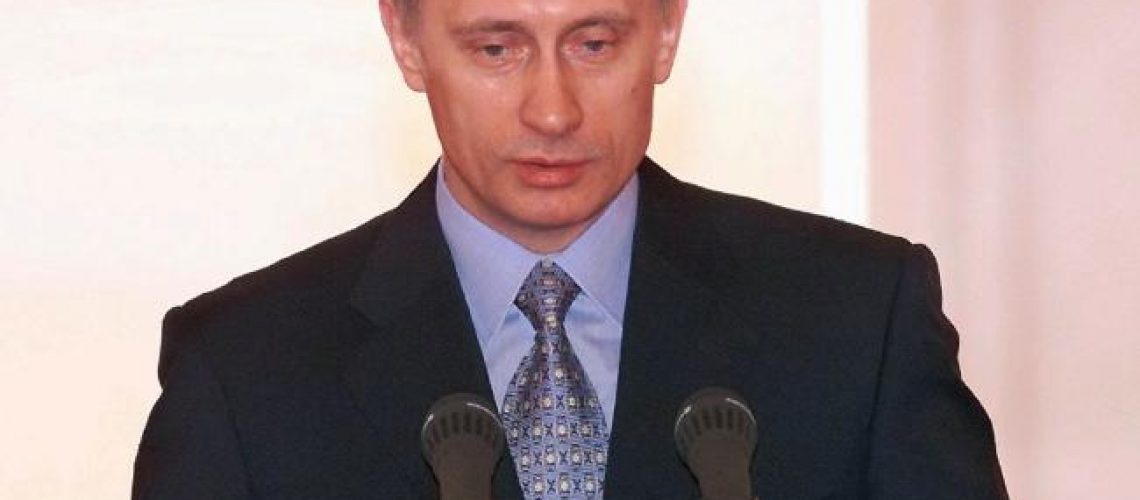Vladimir Putin rose to the presidency after the unexpected resignation of Boris Yeltsin. He continued through with many of his same policies. Putin began his presidency with an aggressive legal reform of the Russian government. Among his first actions was to group the 89 federal subjects (states of the Russian Federation) into seven federal districts, each directly reporting to his office in order to facilitate his administration.
Overall, Putin worked to reorganise the government in a stricter and more vertically structured manner. From this, he began to focus on domestic change, beginning with the refinement of criminal, tax, and land law. He addressed some of the more serious demographic trends in Russia – including its high death rate, cyclical poverty and housing issues. During his two terms, Russia made huge gains in purchasing power, saw GDP increase six-fold and experienced rapid increases in industry and investment, by 76% and 125% respectively. Poverty dropped by 16%, and a flat tax rate was introduced.
Between 2000 and 2008, oil and natural gas more than doubled their share of GDP. Despite these economic gains, inflation remained a problem, while the gap between rich and poor continued to widen.
In 2006, Russia hosted the G8 Summit for the first time since it joined the forum in 1997. Throughout his presidency, Putin maintained a cool relationship with the West, though often criticised foreign countries and their affairs, notably the U.S. invasion of Iraq.
Putin himself was criticised for suppression of the media and his borderline fascist policies. After his reelection, accusations were made that he suppressed other political factions and reduced pluralism in Russian society. Many in the West saw him as anti-democratic.

